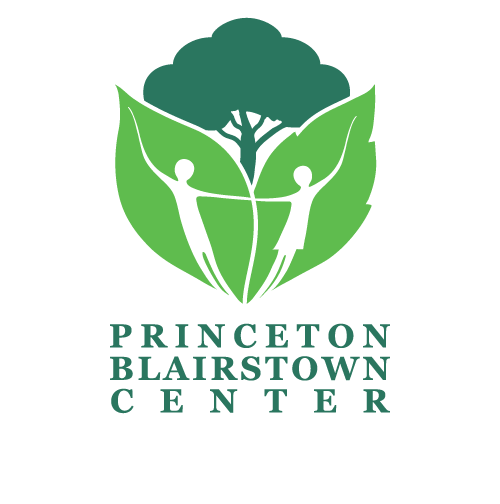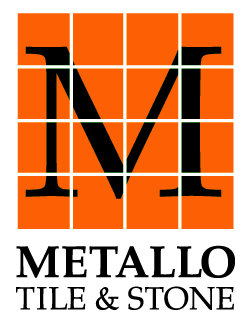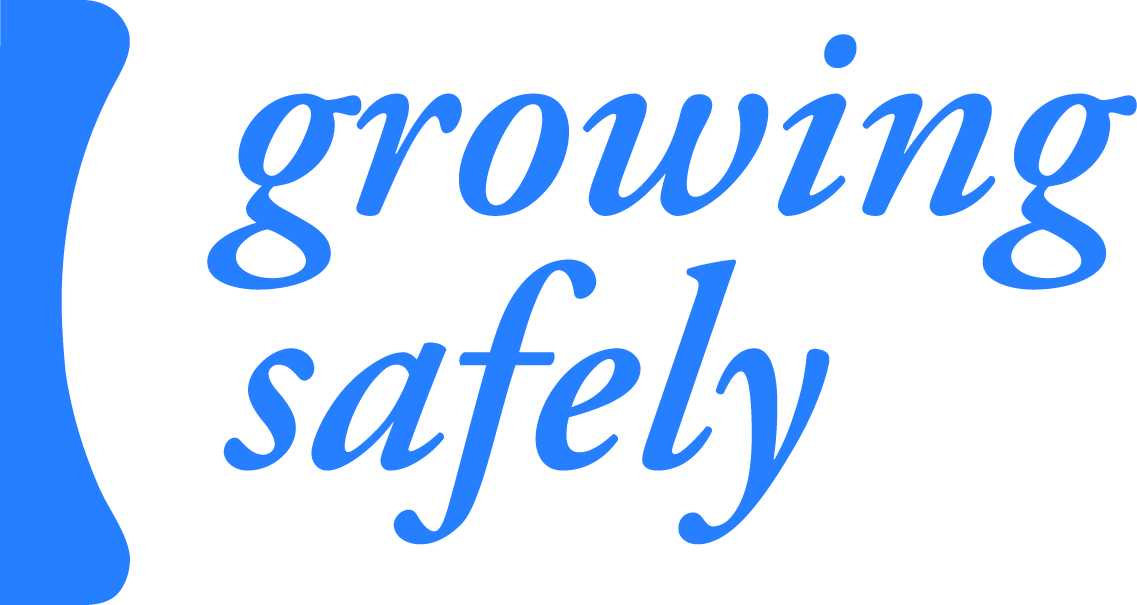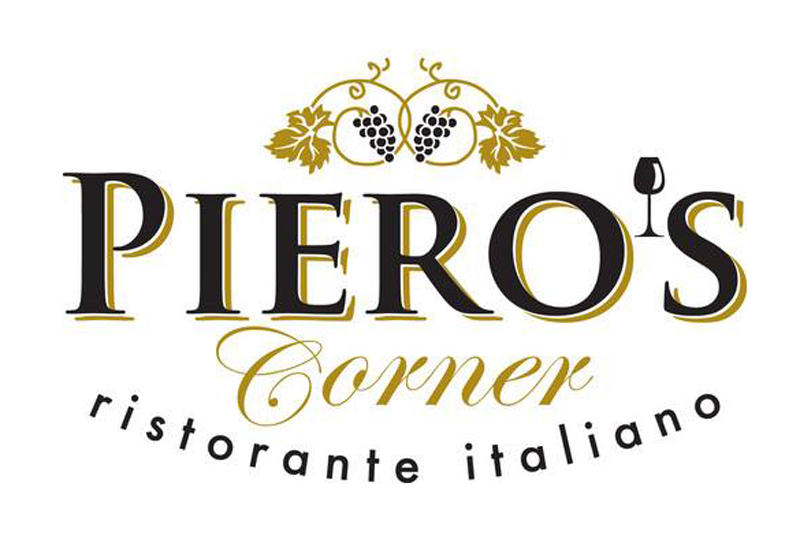Branding


For more than 110 years, the Princeton-Blairstown Center has provided adventure-based, experiential education to vulnerable youth, serving nearly 8,000 young people each year. The new logo revitalized the brand to set the stage for new programs and facilities upgrades while conveying the idea of nature and nurture of youth in a suburban setting.

The Conservancy was founded in 1973 by a small group of architects, lawyers, planners, writers, and preservationists eager to save and reuse landmark buildings. In 1980, the organization determined to strengthen its brand by developing a logo that embodied the values of preserving, revitalizing, and reusing New York’s architecturally significant buildings. The central image is one of a columned building evoking classic architecture and at the same time is the capital of a column to evoke the selective status of the properties. It is metaphorically contained by brackets that further strengthen the mark. The Goudy font is stacked to the right


When he first started his business, the sole proprietor needed a mark that would immediately convey the business. We took the strong, classic M and placed it in a terra cotta grid setting with the name at the base of the tile formation.

Sanofi Pasteur embarked on a multi-year internal campaign to improve safety by reducing accidents to 0 annually. Using visual shapes from the existing image assets of the company, CMI created a simple statement that embodied the ethos of the initiative: to immediately change safety behaviors throughout the Swiftwater, PA campus while keeping pace with the 18% annual growth rate experienced by the company. This was applied to a host of communications vehicles from banners to posters and an employee instant recognition program campus wide.


The Corning Center for Learning (CCFL) needed to re-energize its brand and website to better communicate its goals and abilities to clients. CCFL recruited CMI to modernize its logo and create a new brand identity that accurately represents its ability to provide innovative, customized, and affordable learning programs that embody its clients’ goals, strategies, and organizational cultures.



This symbol for an art gallery evokes the spirit of African ancestry and the potential for growth in its child-like proportions. African art, in many situations, uses multiple perspectives and views within the same visage. Here, the figure could be pregnant, as well as a child.






The apostrophe in “Piero’s” is a glass of wine, to emphasize a key element of the delightful culinary offerings.
The word “Corner” is rendered in a classic script to contrast with the main name that people will remember and bridges the rest of the descriptive words “ristorante italiano” that are set in a modern sans serif font to describe the cuisine and set in all lowercase so as not to compete with the main name. The script is also indicative of “wine.” In this mark the words are playfully set in a “smile” as a visual metaphor for the way customers will respond to the artfully prepared and succulent cuisine. It also evokes the classic quality of a wine label.

Health & Wellness Advocacy Branding
Through our previous work on Ask for Your Life urban healthcare initiative branding and website development, The Black Coalition for Safe Motherhood (BCFSM) came to CMI to brand their organization and develop their first website. BCFSM is a nonprofit organization established by a group of committed birth justice activists to promote healthcare advocacy education in the Black community. The organization was founded by Drs. Leslie Farrington and Laurie Zephyrin, who are Black Obstetricians. BCFSM focuses on equipping Black birthing people with the tools they need to advocate for themselves.
The BFSM logo was design to convey a complex set of ideas: “the womb” as the heart of the organization and the “flowering growth” of women as the overarching concept that we “take into our own hands.” The BCFSM name is long, so it is shown stacked to keep the mark compact and in easy-to-use proportions. The leaves create an overall tree shape that represents the lives of those saved. CMI designed the responsive foundational website, so the client could continue to tailor it to their own evolving content needs.

